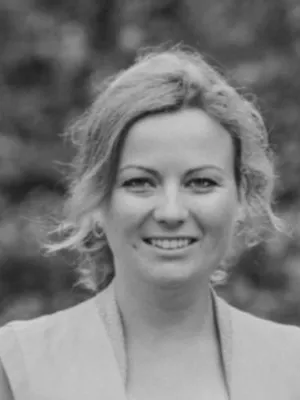
Nancy Bocken
Visiting professor

Circular Business Model Design : Business Opportunities from Retaining Value of Products and Materials
Author
Summary, in English
building materials and textiles, are discarded even when they could still be used. Without urgent action, global
waste is expected to increase by 70% by 2060 and global materials use is expected to more than double. We are
starting to realise that linear material flows are not only a loss of valuable products and materials, but are also
inconsistent with ‘planetary boundaries’ and are a main cause of sustainability challenges. More than 50% of all
greenhouse gas emissions are estimated to derive from materials management in our economy.
One proposed solution is a shift towards a circular economy, in which products are not discarded; instead, their embedded economic and environmental value is retained for as long as possible in a closed-loop system. This is achieved through, for example, reuse, repair and remanufacturing of products, or recycling. Many suggest that a circular economy also offers new business opportunities for companies.
This thesis focuses on how companies can devise ‘circular’ business models (CBM) to capitalise on such
opportunities, focusing on CBMs that retain value embedded in products and materials. Based on pioneering companies that have devised CBMs for value retention, the thesis examines what value their business model creates for the environment, business, society, and customers, and how value is created. The thesis also explores how tools to help practitioners integrate circularity in their business model can be developed and improved.
A key finding is that CBMs for value retention have significant potential to reduce environmental impact, may have a promising business case, could generate employment, and could produce additional customer value. However, value is not created by default. Recommendations to secure value creation along the various value dimensions are provided. To help practitioners integrate circularity in their business models, a structured overview of CBM innovation tools is presented and a CBM canvas for value retention proposed. A guideline shows how CBM tools
can be developed to more effectively support practitioners.
Future research is needed to improve methodology for comparing financial and societal value creation by circular versus linear business models. Implications for value creation if CBM were upscaled need further investigation.
Whether the financial value alone will be sufficient to incentivise businesses to shift towards CBMs within the short time window we have to address climate collapse remains doubtful, so research is needed on policy interventions that can help accelerate the transition.
Department/s
- The International Institute for Industrial Environmental Economics
Publishing year
2020-02-11
Language
English
Publication/Series
IIIEE Dissertations
Volume
2020
Issue
02
Full text
Document type
Dissertation
Publisher
International Institute for Industrial Environmental Economics, Lund University
Topic
- Environmental Management
- Business Administration
Keywords
- Circular Economy
- business model innovation
- circular business model
- Resource efficiency
- Reuse
- Life cycle management
- Value creation
- sustainability assessment
- Circular business model tools
Status
Published
Project
- Resource-Efficient and Effective Solutions based on circular economy thinking
Supervisor
- Oksana Mont
- Nancy Bocken
- Andrius Plepys
- Yuliya Voytenko Palgan
- Christian Kowalkowski
ISBN/ISSN/Other
- ISSN: 1402-3016
- ISBN: 978-91-87357-56-5
- ISBN: 978-91-87357-57-2
Defence date
6 March 2020
Defence time
01:15
Defence place
Lecture hall Aula, International Institute for Industrial Environmental Economics, Tegnérsplatsen 4, Faculty of Engineering LTH, Lund University, Lund
Opponent
- Fiona Charnley (Associated Professor)

